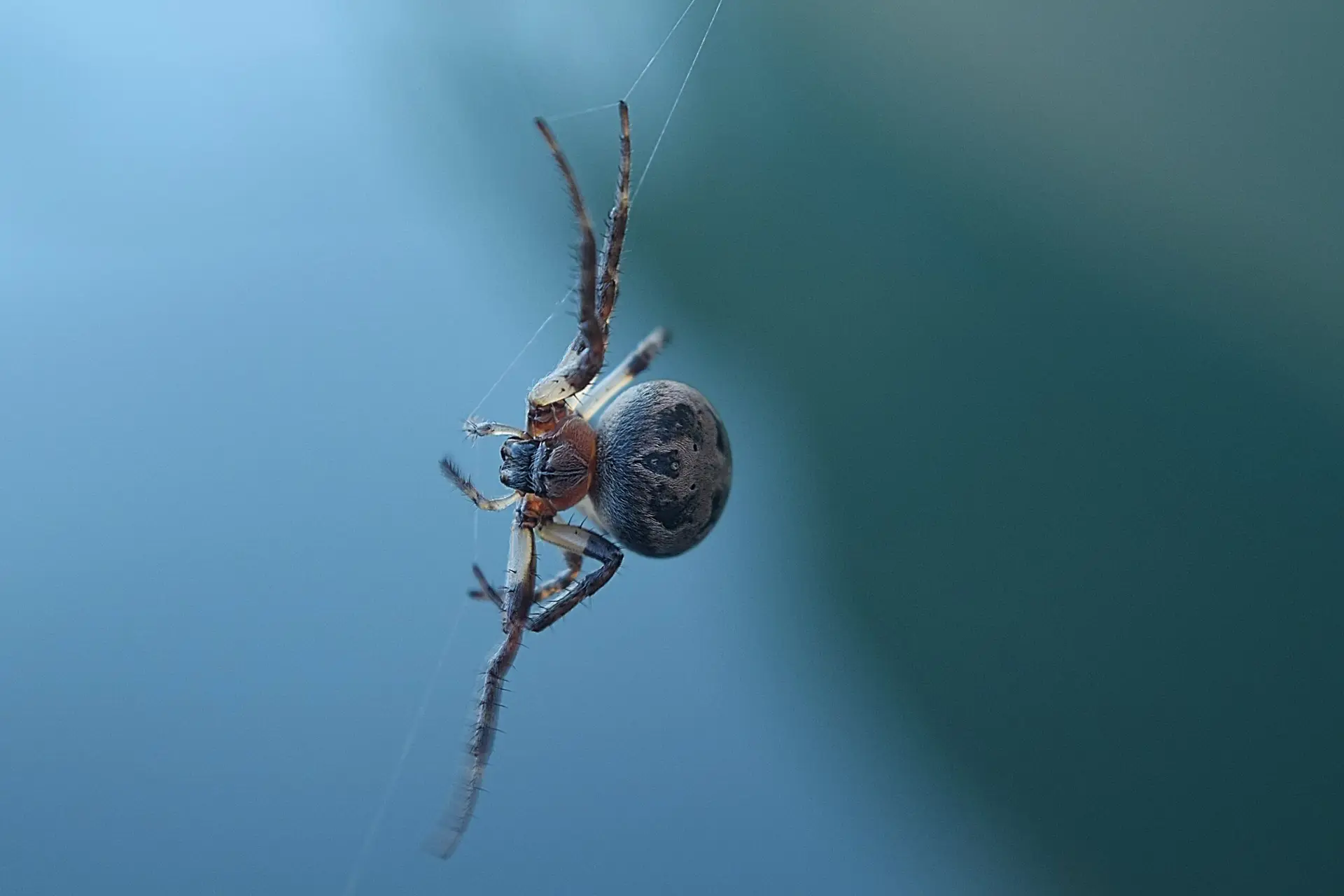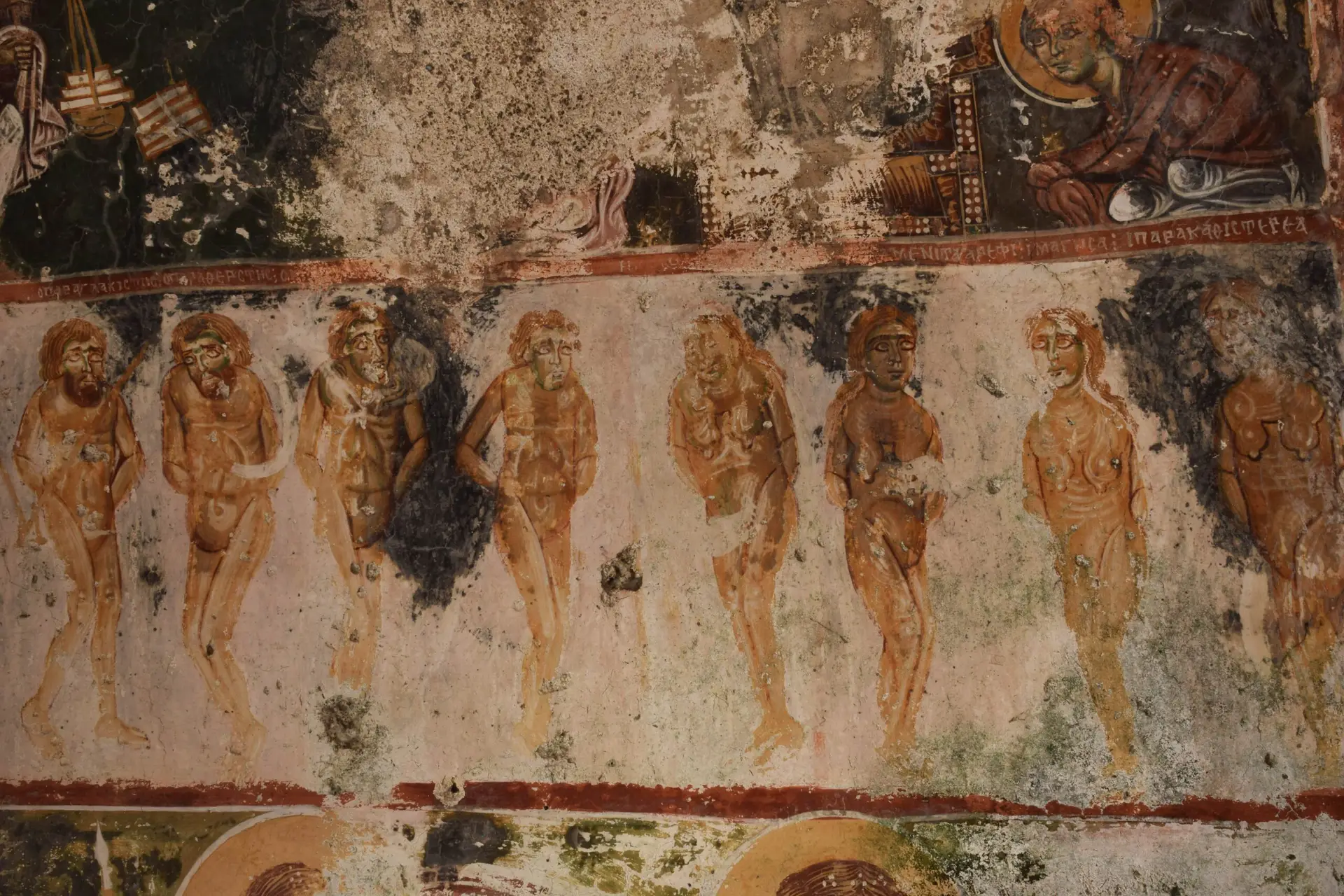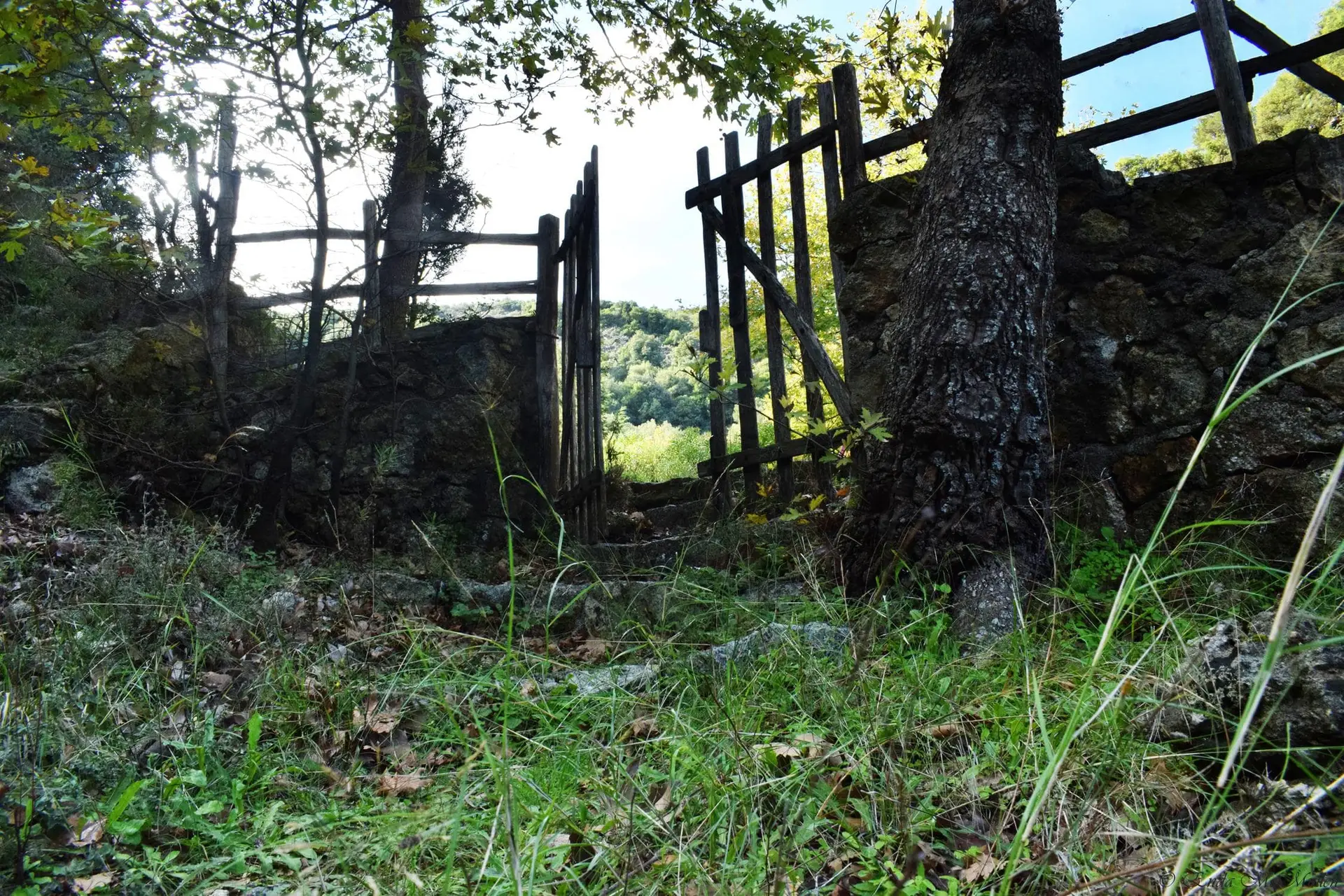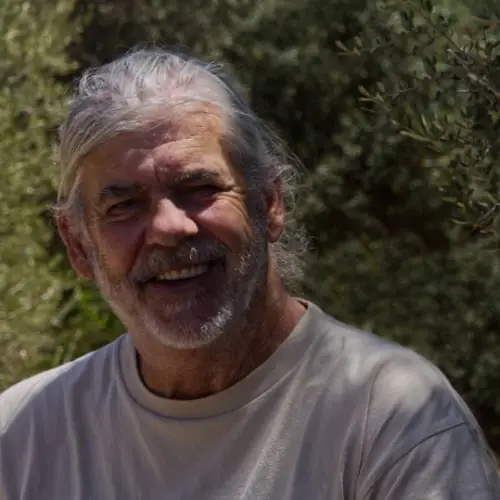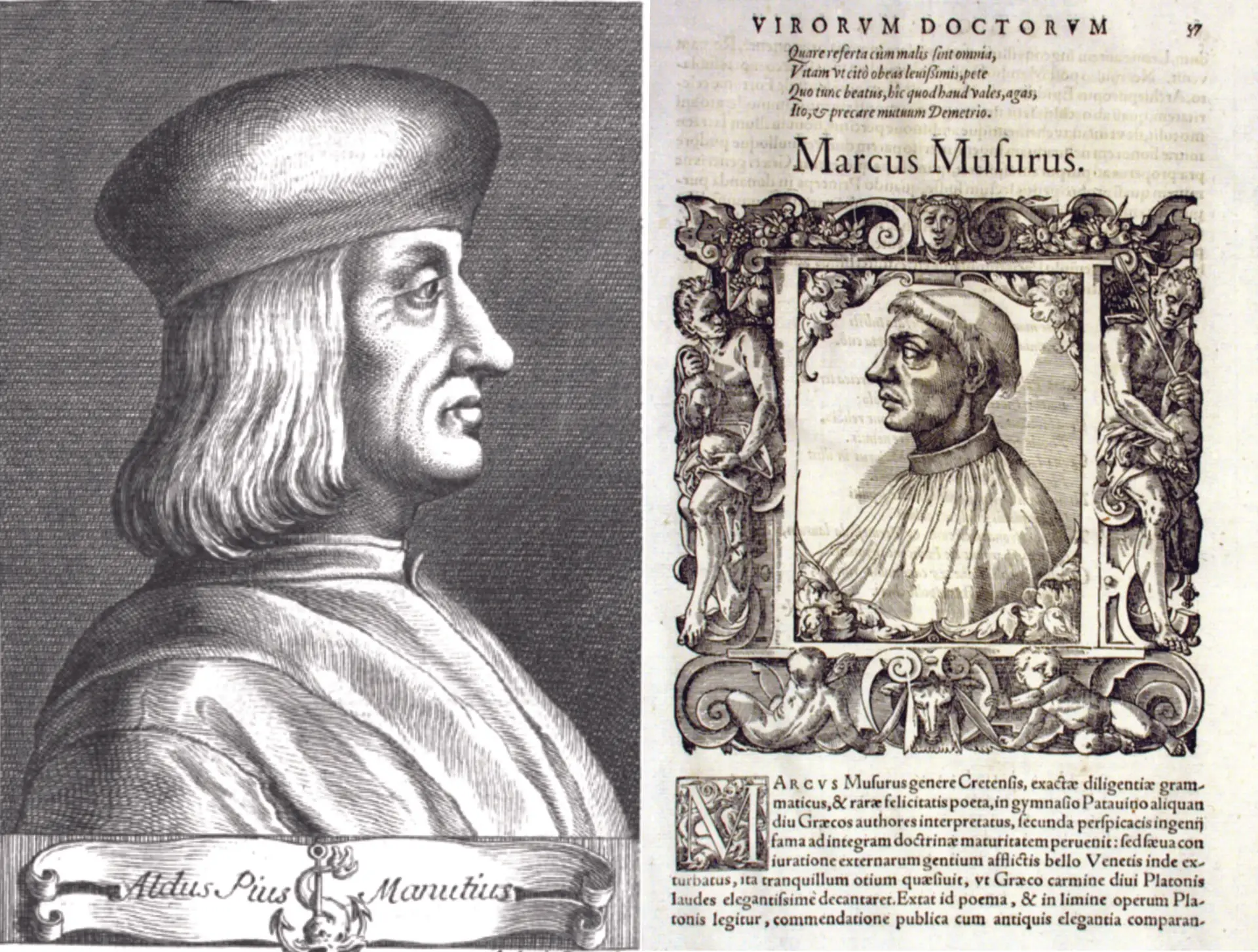Beneath the gilded halos and serene saints of Cretan frescoes lies a darker story — one of fear, obedience, and control. Byzantine churches across the island are filled with vivid scenes of sin and punishment: writhing bodies, demons with gaping jaws, and souls weighed in divine scales. These were not merely paintings for prayer, but lessons in power — reminders that salvation was conditional, and that the Church’s eye never looked away.
During the Middle Ages, the island of Crete—first under the Byzantine sphere, and from 1211 until 1669 under Venetian rule—was home to a rich tradition of wall-painting in Orthodox churches. These frescoes were not only devotional but served as visual moral and social instruction. In particular, representations of sin, hell and punishment helped to delineate acceptable behaviour for both individuals and communities.
To understand sin in medieval Cretan society, we must appreciate both the theological framework (rooted in Byzantine Orthodoxy) and the local social milieu—rural villages, monastic communities, a mix of Greek Orthodox and Latin/Western influences under Venetian dominion.
In medieval Crete, sin was not merely a theological category but a deeply social construct—one that both reflected and reinforced systems of authority, gender roles, and communal hierarchy. Within the Orthodox Christian worldview of the period, sins were divided by gravity (mortal vs. lesser) and by identity (male, female, or common). These classifications functioned as tools of control—mechanisms by which Church and community could regulate behaviour, maintain order, and delineate acceptable forms of conduct within a tightly interwoven religious and social framework.
The distinction between mortal and lesser sins, inherited from patristic and canonical traditions, structured medieval Cretan moral teaching. Mortal sins—those believed to sever the soul from divine grace—typically included pride, greed, lust, and blasphemy. Lesser sins, though still morally wrong, could be cleansed through repentance and confession. In practical terms, this hierarchy served to prioritise social dangers: mortal sins were often those seen as threatening not only salvation but communal stability. For example, usury, murder, adultery, and heresy were treated as “deadly” because they undermined trust, lineage, or orthodoxy.

Sin, Community and Social Order
In the frescoes of Cretan churches, this hierarchy was vividly visualised. The damned guilty of mortal sins occupy the most tormented zones of Hell, closest to Satan or engulfed in flames, while lesser sinners might be shown at the periphery—burning, but not annihilated. Such visual gradation reminded viewers of a moral ladder: repentance could still redeem minor faults, but grave sins carried eternal consequences. In this way, classification operated as a social technology of deterrence, urging obedience through fear of spiritual and physical destruction.
Equally significant was the gendering of sin. In numerous Cretan church frescoes—such as those in the Panagia Kera and Agios Georgios at Voutas—female sinners are depicted naked, coiled by serpents, or tormented by demons, often accompanied by inscriptions naming their faults: vanity, gossip, adultery, infanticide. These were sins associated not with cosmic rebellion but with social deviance from patriarchal expectations. Women were portrayed as morally fragile and bodily dangerous, and thus their sins were cast as a warning to preserve chastity, obedience, and silence.
By contrast, “male” sins, while equally condemned, often relate to public and economic life—usury, theft, drunkenness, violence, and betrayal of social trust. Their depiction in Hell emphasises the maintenance of order within the household, the marketplace, and the village. In both cases, sin’s classification reflected the social roles assigned to gender: women’s morality policed domestic and sexual behaviour; men’s morality ensured economic fairness and civic cohesion.
A third category—sins deemed “common”—underscored the communal dimension of morality. Gossip, neglect of liturgical duties, and disobedience to elders or priests were portrayed as universal temptations. These were less about the severity of the act and more about reinforcing conformity to communal norms. In a small, insular society like rural Crete, where religious and social identity were inseparable, such classification encouraged self-surveillance: to sin was not merely to offend God but to betray one’s neighbours.
Thus, by differentiating sins according to severity, gender, and scope, the Church in medieval Crete transformed theology into a structure of governance. The moral order mirrored the social one—hierarchical, patriarchal, and communal. The frescoed hells of Byzantine churches were not only eschatological warnings but visual codes of discipline: they taught men and women where they belonged, what they must avoid, and how far they could stray from the ordained order before facing divine and social punishment. In this sense, sin functioned as both mirror and mechanism of control—a language through which moral transgression became a means of maintaining power, unity, and obedience within the fragile moral cosmos of medieval Crete.






